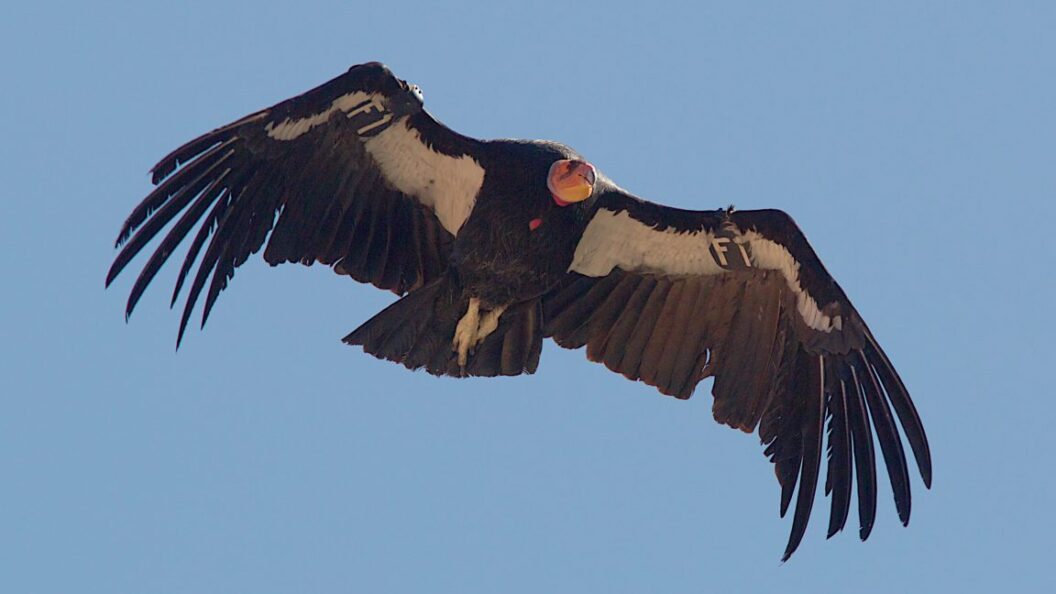The California Condor: A Struggling Icon of Conservation
The California condor, once a species of significant abundance, has faced a dramatic decline over thousands of years largely due to environmental changes and human activities. Recent advancements in genetic research, along with ongoing conservation efforts, provide a clearer picture of this majestic bird’s evolution and the threats it continues to face today. This article explores the challenges confronting the California condor, particularly the critical issue of lead poisoning, and discusses the effectiveness of conservation strategies aimed at ensuring its survival.
Decoding the Condor’s Genome
A groundbreaking analysis of the California condor genome, published in 2021, has shed light on both the bird’s evolutionary journey and its historical population dynamics. According to researchers, the condor once thrived with an effective population estimated between 10,000 to 100,000 individuals millions of years ago. However, its numbers began to plunge approximately 40,000 years ago, primarily attributed to climate change and increased human interaction. Notably, despite this historical decline, the species retains a genetic diversity that is comparable to that of non-endangered birds, as noted by geneticist Dr. Steinberg.
The Dire Impact of Lead Poisoning
Amid ongoing recovery efforts, the California condor continues to grapple with severe threats, the most pressing of which is lead poisoning. This issue was starkly highlighted in the 1980s when necropsies on deceased condors revealed that three out of four could be attributed to lead exposure. Although condors do not typically fall prey to hunters, their scavenging habits make them vulnerable to lead ammunition. When they consume carrion contaminated with lead fragments, the toxic metal accumulates in their systems, leading to crippling health issues.
Lead has deleterious effects on various biological functions. It acts as a neurotoxin, severely disrupting the nervous, digestive, and reproductive systems. The condition notably leads to paralysis in the crop—a critical organ for food storage—resulting in starvation. Additionally, lead exposure can interfere with red blood cell production, leading to anemia and overall weakness in the affected birds, evidenced by symptoms like convulsions and blindness, which can ultimately result in death.
Conservation Efforts and Legislative Actions
Recognizing the severity of this issue, numerous conservation initiatives have been implemented across the United States since the 1970s. These strategies include providing lead-free food sources for condors and educational campaigns directed at hunters. The aim is to raise awareness about the detrimental impact of lead on wildlife. Furthermore, the Ridley-Tree Condor Preservation Act of 2007 mandates that lead-free ammunition be used for big-game hunting within the condor’s habitat in California, aiming to reduce the risk posed by lead exposure.
Despite these measures, the impact has been insufficient in fully alleviating the threat that lead poses to California condors. Organizations involved in the ongoing conservation efforts are recognizing that while progress has been made, additional steps are crucial in ensuring the species’ recovery.
The Path Forward: A Continued Challenge
The plight of the California condor serves as a powerful reminder of the intertwined relationships within ecosystems and the unintended consequences human activities can impose on wildlife. As researchers continuously work to unravel the complexities of the condor’s genome, it is evident that targeted efforts must persist to combat lead poisoning and other hazards. The knowledge gleaned from genomic studies and the resilience within the species represent hope for future conservation efforts.
In summary, while California condors have made notable gains in population recovery, the fight against lead poisoning and other threats remains critical. The advancement of knowledge about their biology, alongside committed conservation strategies, underscores the importance of collaborative efforts to ensure the survival of this iconic species for generations to come. As advocates and scientists continue their work, the future of the California condor hangs delicately in the balance, serving as a pivotal case study in wildlife conservation.









